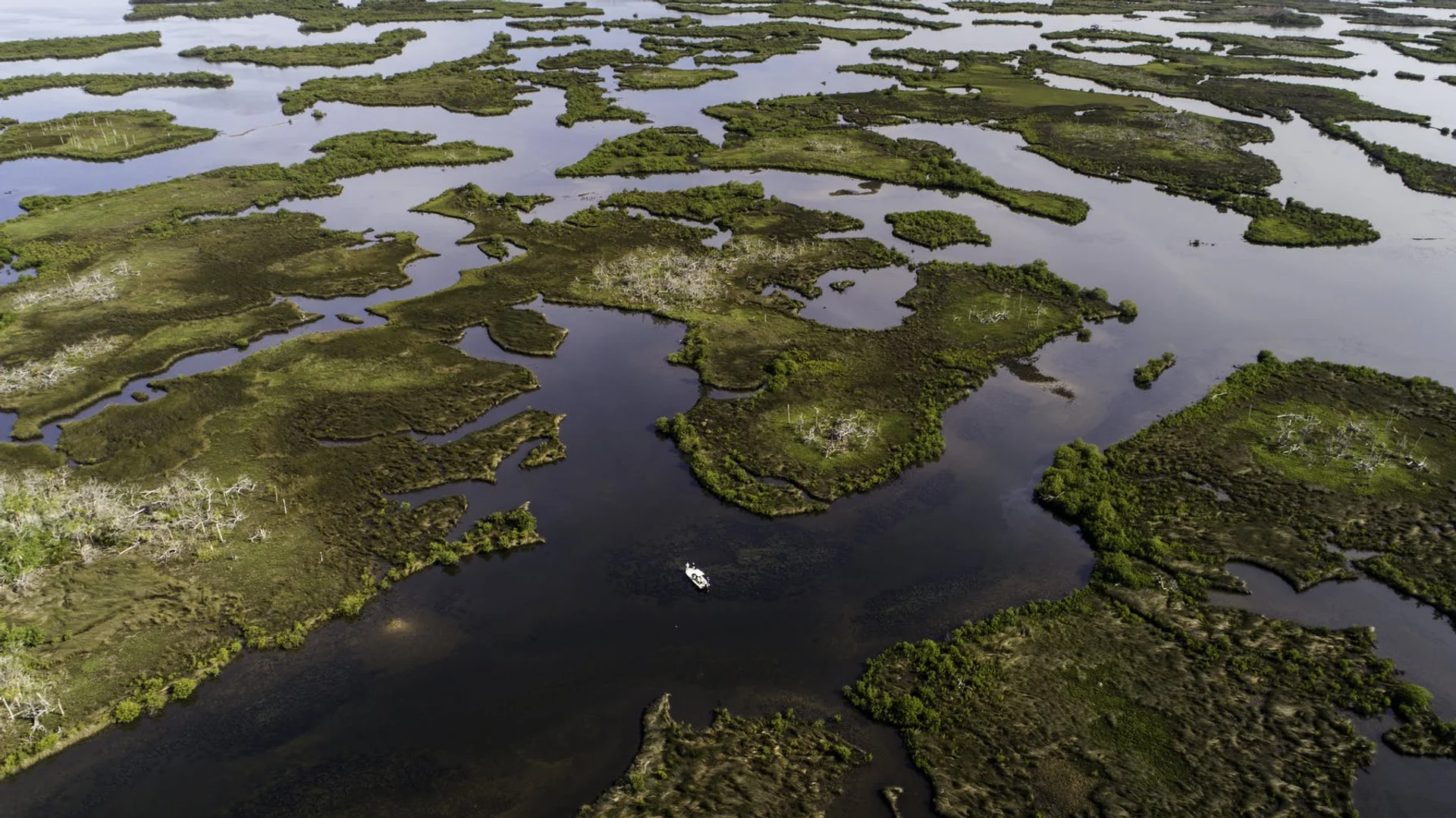Take 'Em With Tubes

Tubes are timeless, and will help ensure big bites even when the fancier techniques lose their lustre.
Tackle innovations and developments have a way of overshadowing some of the favorites of yesteryear. Bladed jigs, for example, have taken over some of the duties once handled by spinnerbaits. Elsewhere, the momentous growth of dropshotting and, in more recent years, the Ned Rig, have edged out much of the old-school tube tactics.
However, the applicability of tubes for both deep water and shallow water presentations holds a timeless appeal. Savvy anglers who keep these techniques high in their arsenal are often rewarded with quality bites, even when the more edgy tactics lose their luster.
When it comes to offshore smallmouth fishing, anglers in the know won’t leave the dock without a solid tube component to their game plan. They might alternate this presentation with their dropshots, but particularly in the Great Lakes and anywhere gobies abound, you don’t want to be caught without tubes. In the big picture, a tube’s profile can represent a crawfish, sunfish, perch and other bottom-oriented forage.
Here are a few things to keep in mind:
Jig Head Design: With its lead head fitting inside a tube and the line tie pushed through the plastic, Mustad's Tube Jig Head comes standard with a 90-degree line tie, which is what you want for vertical jigging or aggressively snapping the bait off a rock — sometimes called “cracking” a tube.
At times, a 60-degree angle comes into play, so bending the line tie forward 30 degrees transforms your vertical jigging setup into a bait that’s ready for casting and retrieving across the bottom, or drifting. In either case, that downward angle keeps the bait bumping along with a natural posture, whereas pulling a 90-degree jig head across the bottom can appear less authentic.
Size: Water depth and wind (rough water) are your biggest challenges for maintaining bottom contact, so increase your tube jig weight as either or both of these factors increase. Conversely, when targeting suspended fish, a lighter jig head is a better choice, as it allows for the fluttering fall that mimics a wounded baitfish and triggers a strike.
Colors: Matching tube colors to indigenous forage is always a safe bet, but when in doubt, various green pumpkin or watermelon combinations with red, purple or blue flakes are a safe starting point. Larger gobies will often snap at tubes and if you end up hooking one, inspect the color and then make any necessary tube adjustment to show the bass something that resembles the local forage.
Scent: A tube’s hollow design offers an obvious opportunity to inject scent attractants. The only challenge is losing the liquid or gel too quickly with vigorous jigging motion. For longer scent retention, insert a piece of scent-soaked sponge into your tube. The collapsible material will gradually release an enticing scent trail without impeding hook sets.
Line: Tube fishermen typically go with a 15- to 20-pound TUF-LINE Domin8 mainline with an 8- to 10-pound fluorocarbon leader. The setup promotes casting distance, reduces visibility and allows optimal sensitivity to quickly detect strikes and respond with a sharp hook set. Fluorocarbon will stand up to the harsh surfaces of rocky bottom, but frequent abrasion will wear weak spots in your line, while nicks from zebra mussels and other shellfish can cause leader failure. Frequent line/leader checks will help prevent the heartbreak of losing a big fish.
